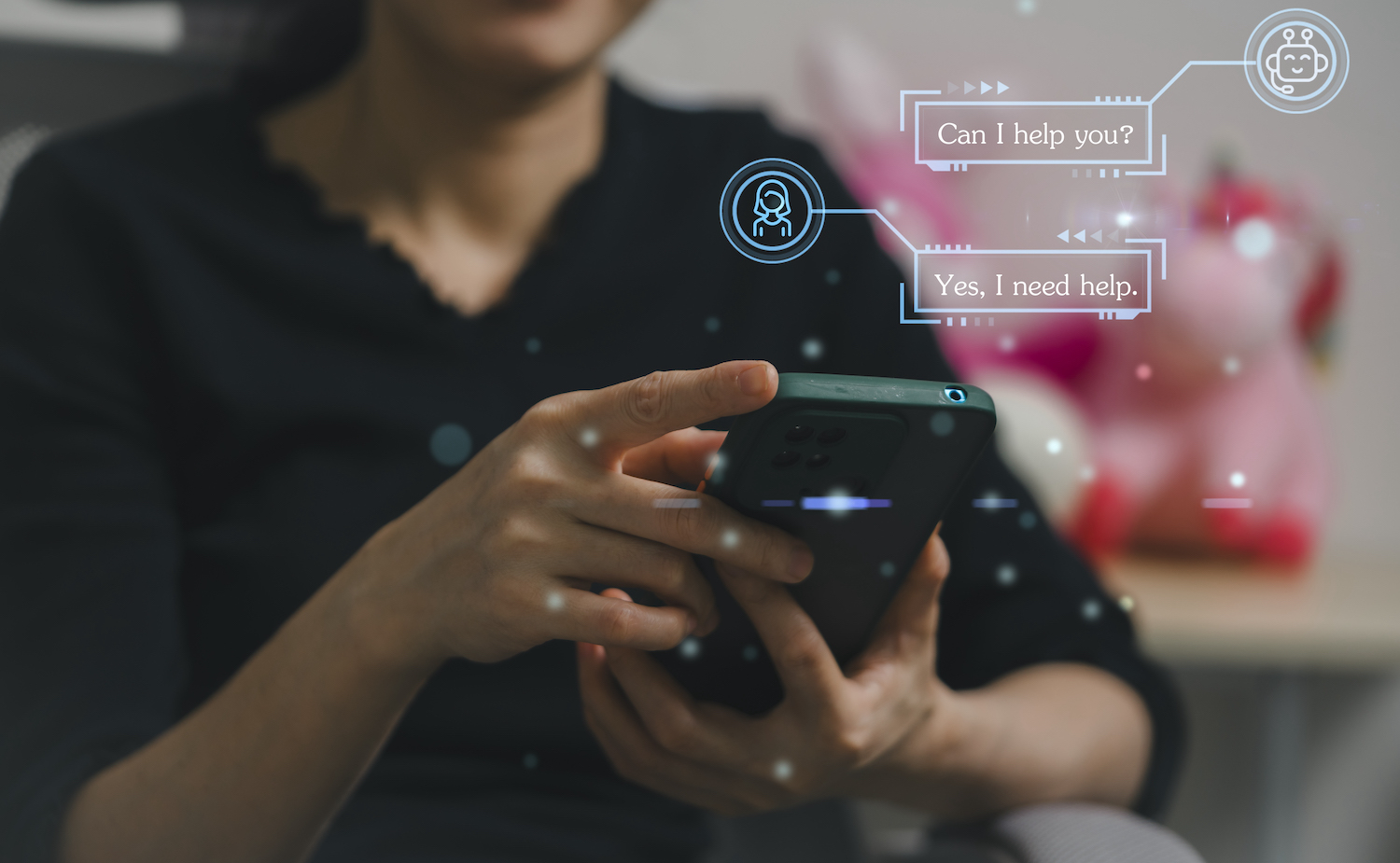Digital Marketer | Posted on | Science-Technology
What Do You Think Is Chatbot?
| Posted on
A chatbot, otherwise called a chatbox or conversational specialist, is a PC program intended to mimic discussions with people through text or voice interfaces. It is a utilization of man-made consciousness (artificial intelligence) that utilizes normal language handling (NLP) calculations to comprehend and answer client questions or orders.
Chatbots are made to mechanize correspondence and give help with different settings. They can be found on sites, informing applications, web-based entertainment stages, and, surprisingly, in devoted chatbot applications. Chatbots are utilized in client care to address normal requests, give item suggestions, help with exchanges, and proposition customized help.
The working of a chatbot includes two key parts:
1. Input Handling: Chatbots get and decipher client inputs, which can be as text or voice. Normal language handling procedures empower the chatbot to figure out the significance and setting of the client's message.
2. Reaction Age: When the client's feedback is perceived, the chatbot creates an important and suitable reaction. It might recover data from a prior data set, use predefined reactions, or utilize AI calculations to create dynamic reactions in light of examples and past cooperations.
Chatbots endeavor to give effective and customized cooperations, offering fast reactions and significant data to clients. Contingent upon their intricacy and capacities, chatbots can go from straightforward rule-based bots to cutting edge simulated intelligence fueled menial helpers that can deal with complex discussions and perform errands like booking arrangements, reserving a spot, or giving definite item data.
The turn of events and execution of chatbots can have a few advantages, including expanded client commitment, further developed help accessibility, and decreased client care costs. Chatbots can propose nonstop help, handle numerous requests at the same time, and lessen human responsibility by tending to normal or dull errands.
In any case, it means a lot to take note of that while chatbots have progressed fundamentally, they may not have similar degree of understanding or logical mindfulness as human administrators. Because of their dependence on modified reactions or AI calculations, they might experience limits in grasping mind boggling or equivocal client questions.
Chatbots act as a significant device in improving on client connections, upgrading client encounters, and smoothing out processes. With progressing headways in simulated intelligence and NLP, chatbots are constantly developing and turning out to be more complex, empowering more normal and compelling discussions.

Also Read :- What are the applications of AI chatbots?
0
0 Comment
| Posted on
A chatbot is a computer program designed to facilitate human interaction with digital devices, mimicking conversations with real individuals. Nowadays, virtually every enterprise employs chatbots to engage with customers and discern their needs. These chatbots are seamlessly integrated into platforms such as Facebook Messenger, WhatsApp, and others. They span a spectrum from basic programs addressing singular instances to sophisticated virtual assistants capable of learning and refining their capabilities through data collection and processing, thereby delivering highly personalized experiences. The evolution of chatbot technology is rapidly progressing and finding applications across various sectors including healthcare, enterprises, banking, e-commerce, and numerous others.

Also Read- What is AI infused Chatbot?
0
0 Comment

